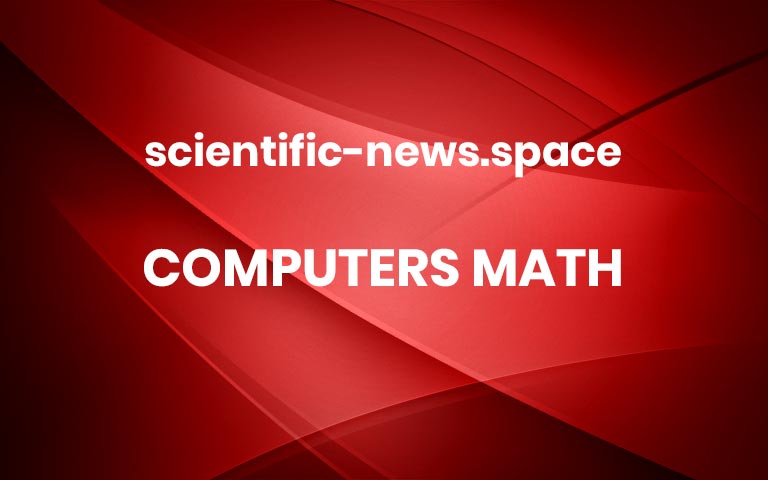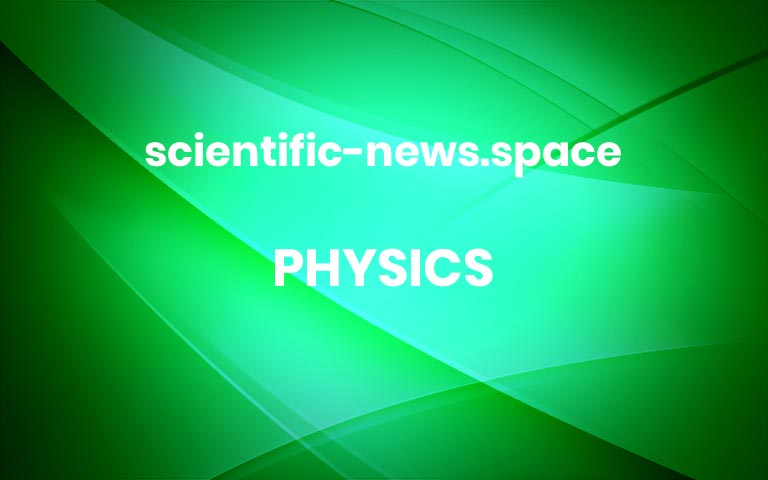The 98% mystery: Scientists just cracked the code on “junk DNA” linked to Alzheimer’s
Researchers have revealed that so-called “junk DNA” contains powerful switches that help control brain cells linked to Alzheimer’s disease. By experimentally testing nearly 1,000 DNA switches in human astrocytes, scientists identified around 150 that truly influence gene activity—many tied to known Alzheimer’s risk genes. The findings help explain why many disease-linked genetic changes sit outside genes themselves. The resulting dataset is now being used to train AI systems to predict gene control more accurately. More




